Invasive Plants in The Bahamas
The Battle Against Non-Native Invasive Plant Species in The Bahamas: Why You Should Care
Native plants are an integral part of the natural and cultural heritage of The Bahamas. Unfortunately, a number of non-native invasive species have made their way to the islands and threaten The Bahamas’ native biodiversity.
What Are Non-Native Invasive Plant Species?
Invasive plants are non-native plants that have been introduced to an area and then spread rapidly through fruits, seeds, runners, and cuttings from broken stems. Their growth poses a threat to local biodiversity, disrupting ecosystems and potentially causing harm to other plant and animal species. Here in The Bahamas, several invasive plants threaten natural ecosystems.
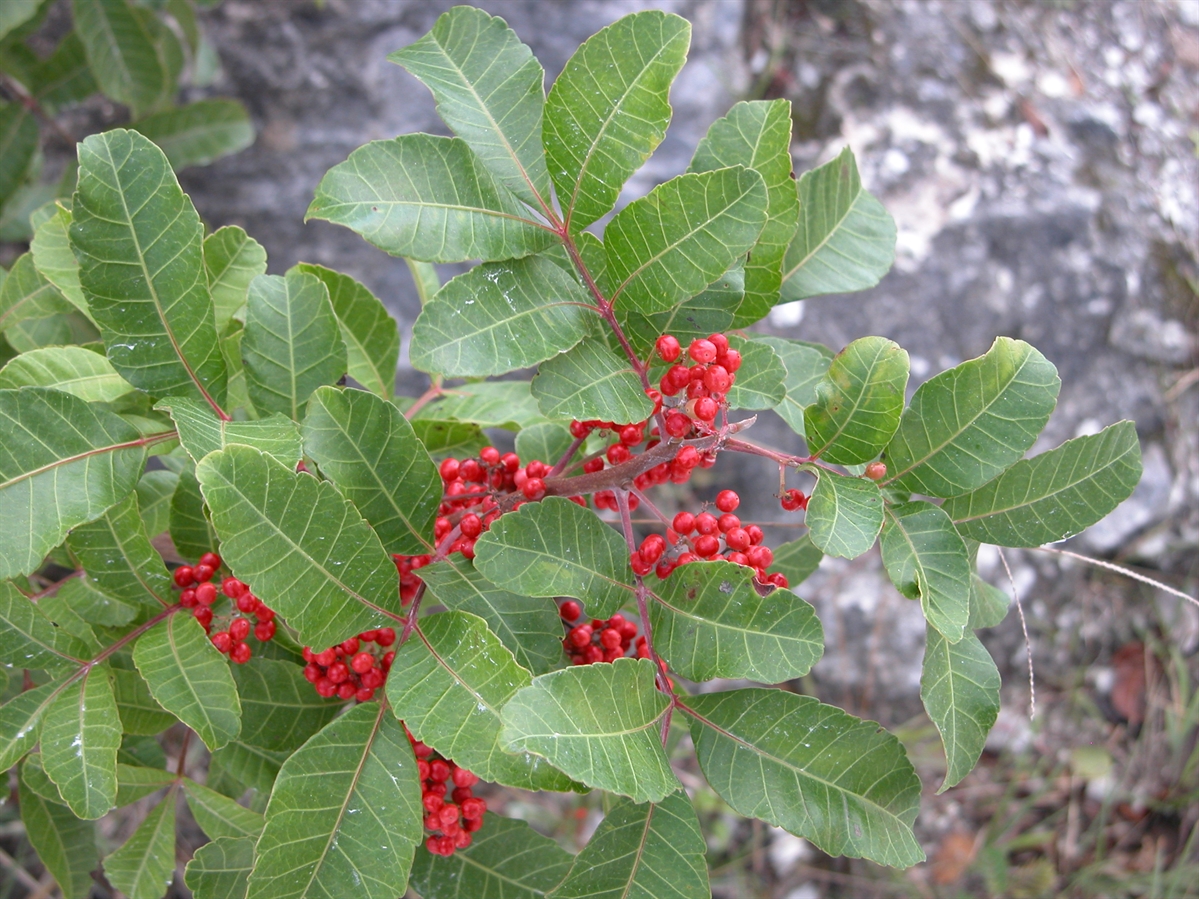
Native to the Pacific Islands, Scaevola taccada has taken hold on many coastlines and beaches. It forms monospecific stands, outcompeting the native beach vegetation and reducing habitat for native wildlife. There is a native species, Scaevola plumieri (Black Ink Berry) that is not problematic or disruptive to dune systems.
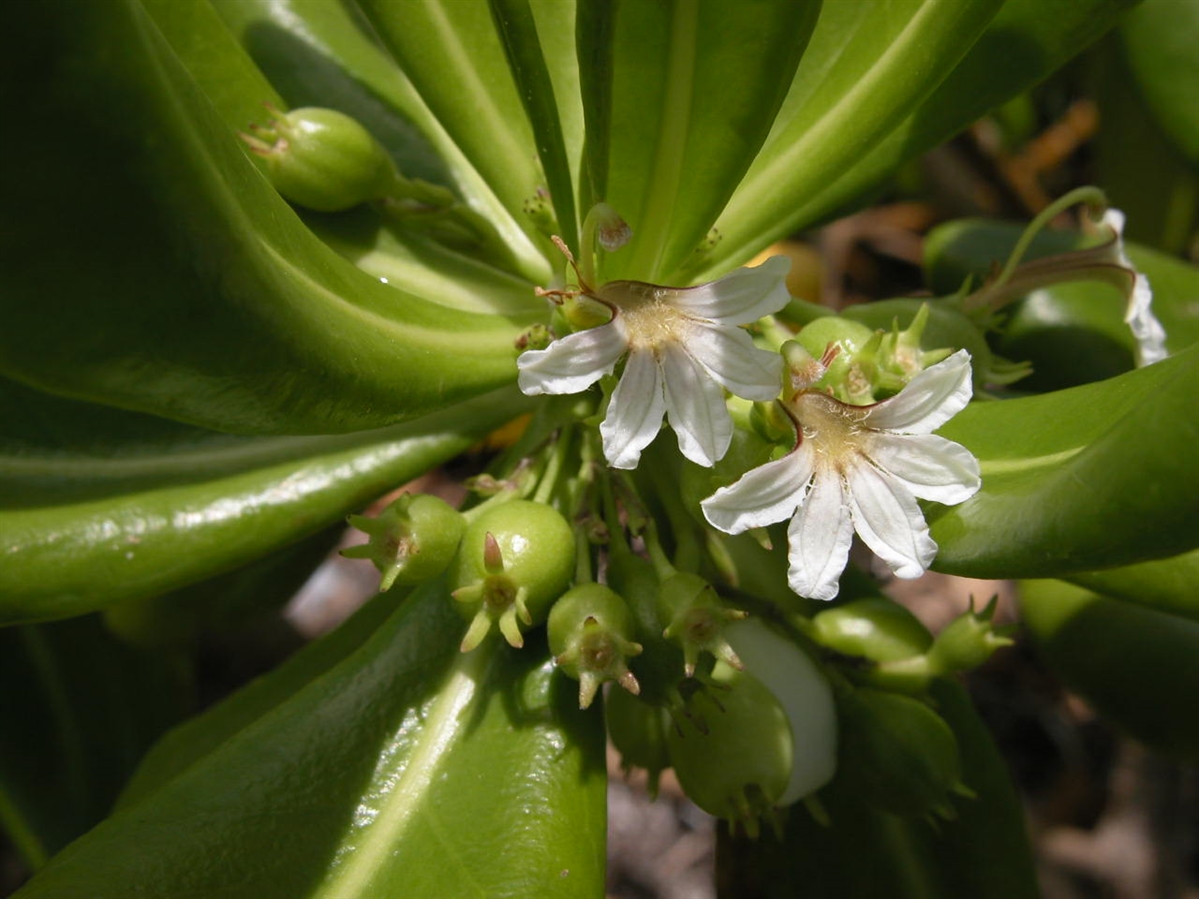
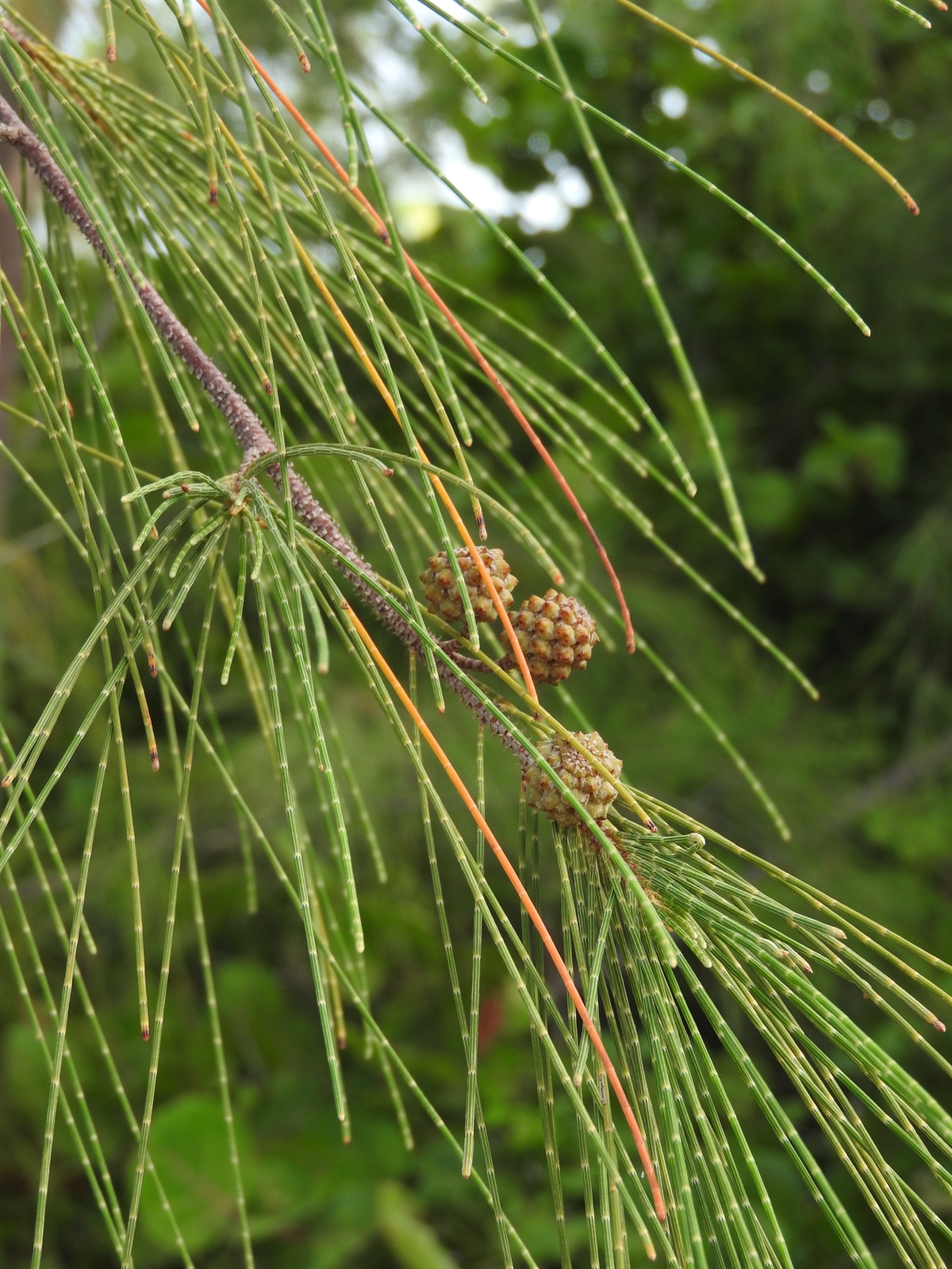
Casuarina is prevalent on many beaches and coastlines, especially in the northern and central Bahamas. Casuarina trees produce a dense leaf litter that prevents native plants from growing beneath. Their large canopies also change the available light to the understory preventing seed germination and growth. Their shallow woody root systems contribute to severe beach erosion as they are easily toppled over during storms and do not hold sand in place. The roots also prevent sea turtles from nesting as they can not dig through them easily.
Introduced as an ornamental plant, Schinus terebinthifolius is an aggressive invasive species in the northern Bahamas and spreads easily. It forms dense thickets, displacing native vegetation and altering habitats.
Native to Australia and South Asia Melaleuca quinquenervia was introduced as an ornamental and has spread aggressively. It grows in wet areas drying them up and changing them from high-diversity wetlands to homogenous single-species systems.
Invasive species often out-compete native plants for resources such as light, water, and nutrients. This can result in the decline or even localized extinction of native species.
A decrease in native plant diversity can lead to a ripple effect, reducing the diversity of insects, birds, and other animals that rely on native plants for food and habitat.
Invasive species often alter the physical structure of ecosystems. They can use local resources such as groundwater more than natives causing wetlands to dry up and change ground water availability. Along shorelines, they do not support the dunes often causing erosion and lowering the height of the dune. This allows water to more easily move inland during storms increasing coastal flooding.
Many native plants in the Bahamas have traditional uses, ranging from medicinal to ceremonial. The loss of these plants can have cultural implications for Bahamians. Additionally, if left unchecked, people can begin to mistake invasive plants as native, ultimately making it more challenging to advocate for their removal.
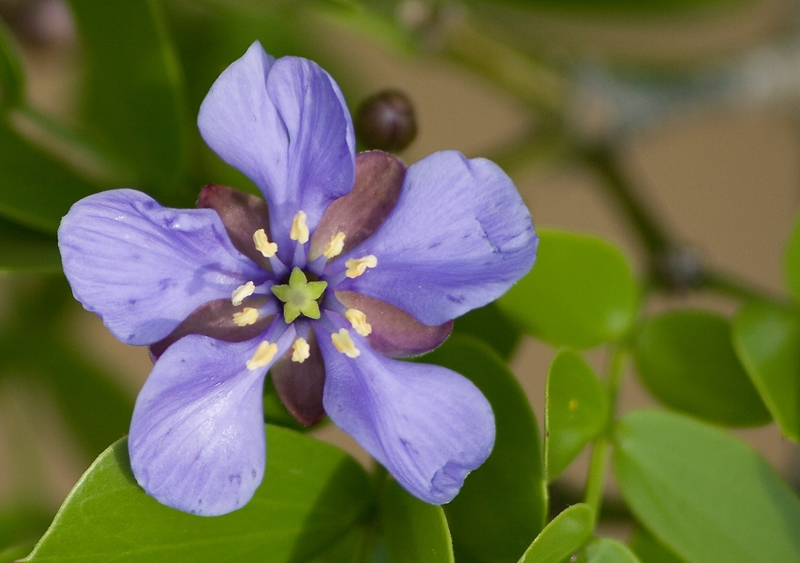
Protect Native Species
Removing non-native invasive plants can give native species a fighting chance to re-establish and thrive.
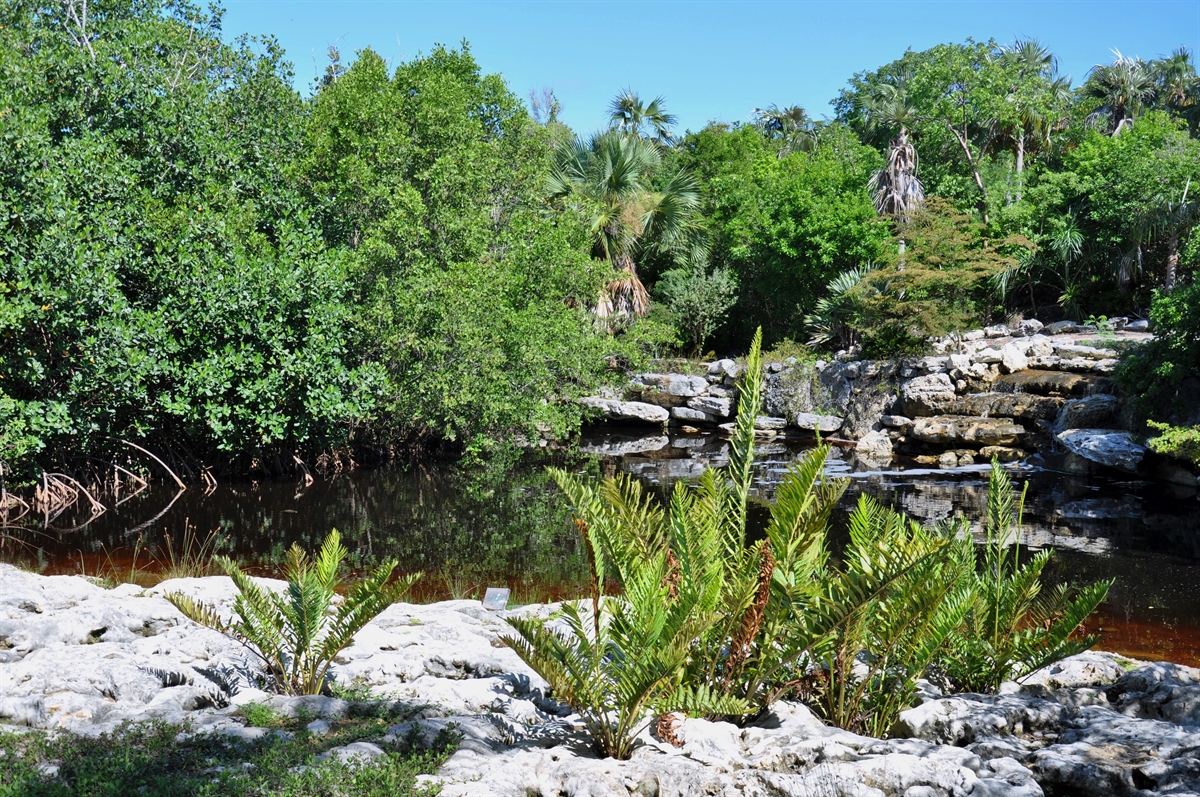
Sustain Ecosystem Services
Healthy ecosystems provide us with invaluable services, like coastal protection, water purification, carbon sequestration, and soil fertility.
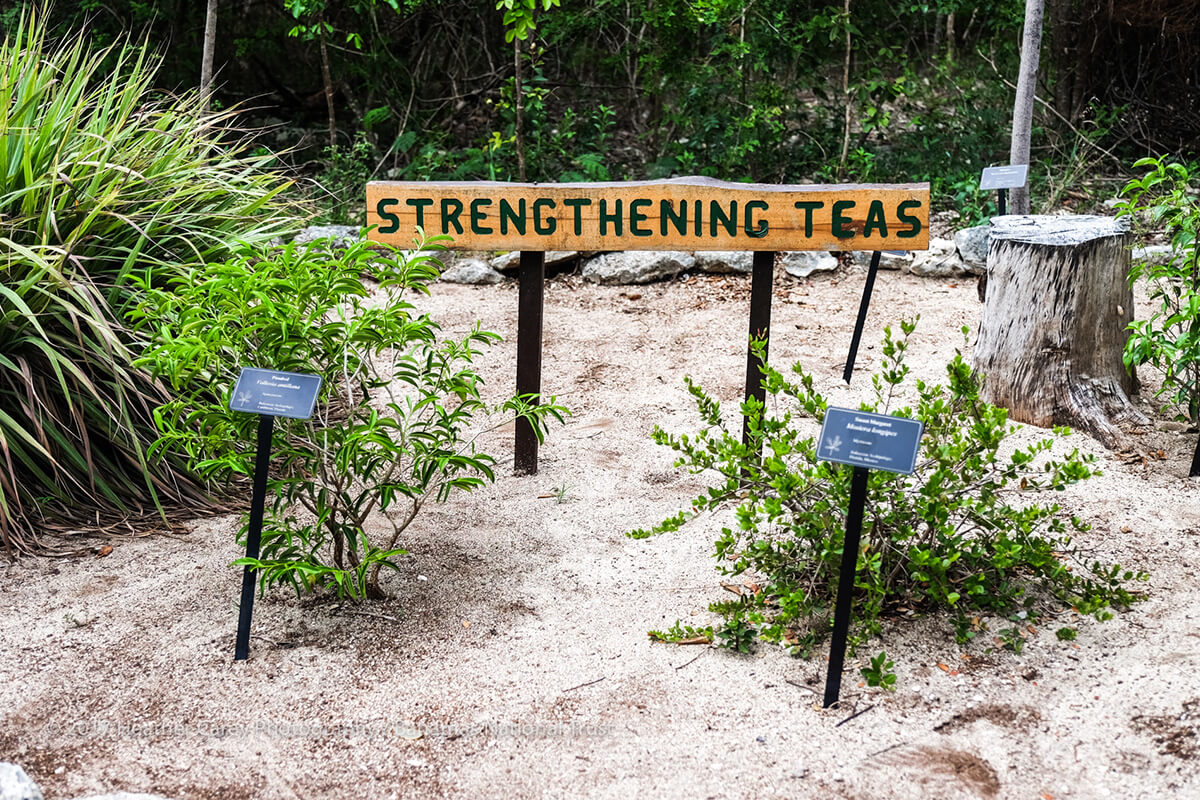
Preserve Cultural Heritage
Protecting native species helps to uphold the Bahamian cultural practices linked to these plants.
Join the Fight! Plant Native!
You can play your part in helping to control non-native invasive plants! Here are some things you can do to support native biodiversity and combat invasives:
Go Native: Choose to plant native species in your gardens and community spaces. Not only do native plants require less maintenance, but they also attract local wildlife and support higher levels of biodiversity. Not sure where to get native plants from? Check out the Levy Preserve’s native plant nursery where you can purchase native plants for your yard.
Remove Invasive Plants from Your Property: Do you recognise any invasive plants on your property? If you do, remove them! Invasive plants are easier to control when they are young. Once trees get more mature and spread, they may require professional services or mechanical equipment to remove.
Support Local Conservation Organisations: By supporting local conservation organisations like The Bahamas National Trust and the Leon Levy Native Plant Preserve, you are helping to fund important programs and projects to seek to conserve and promote native biodiversity.